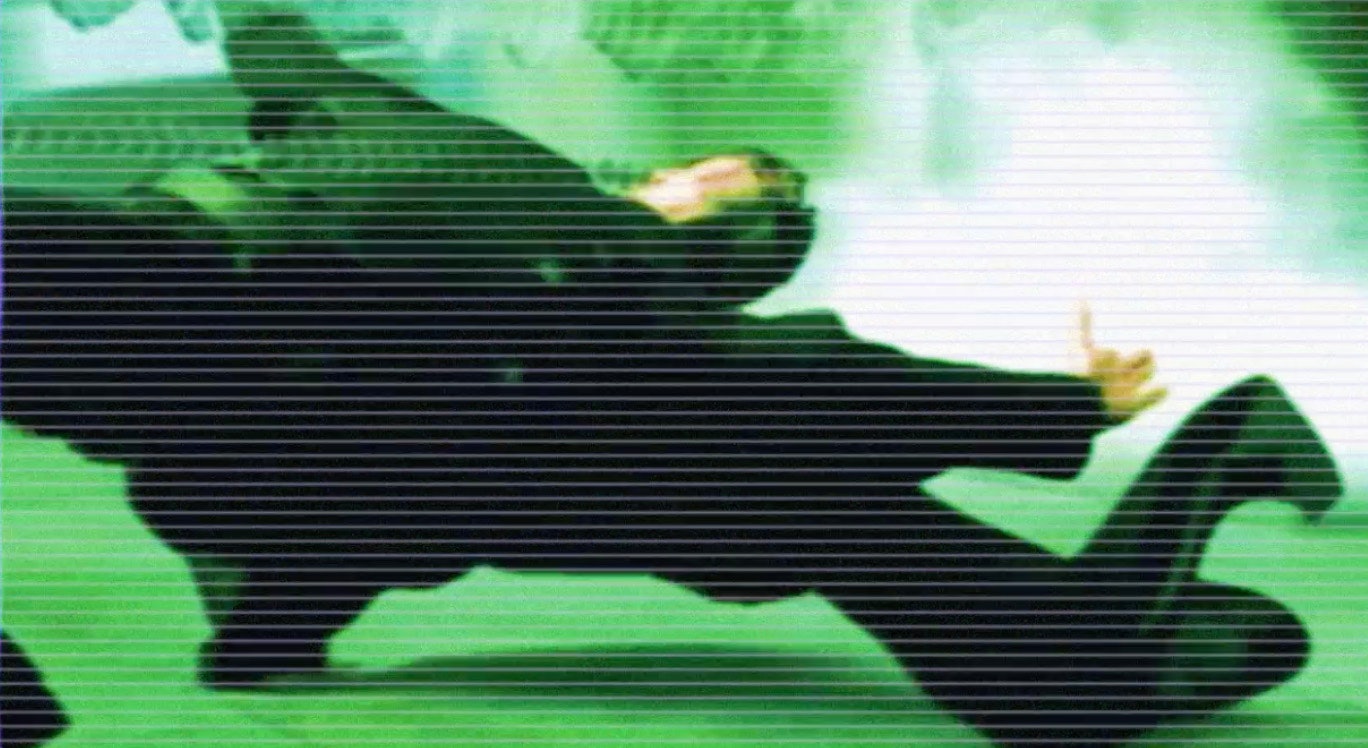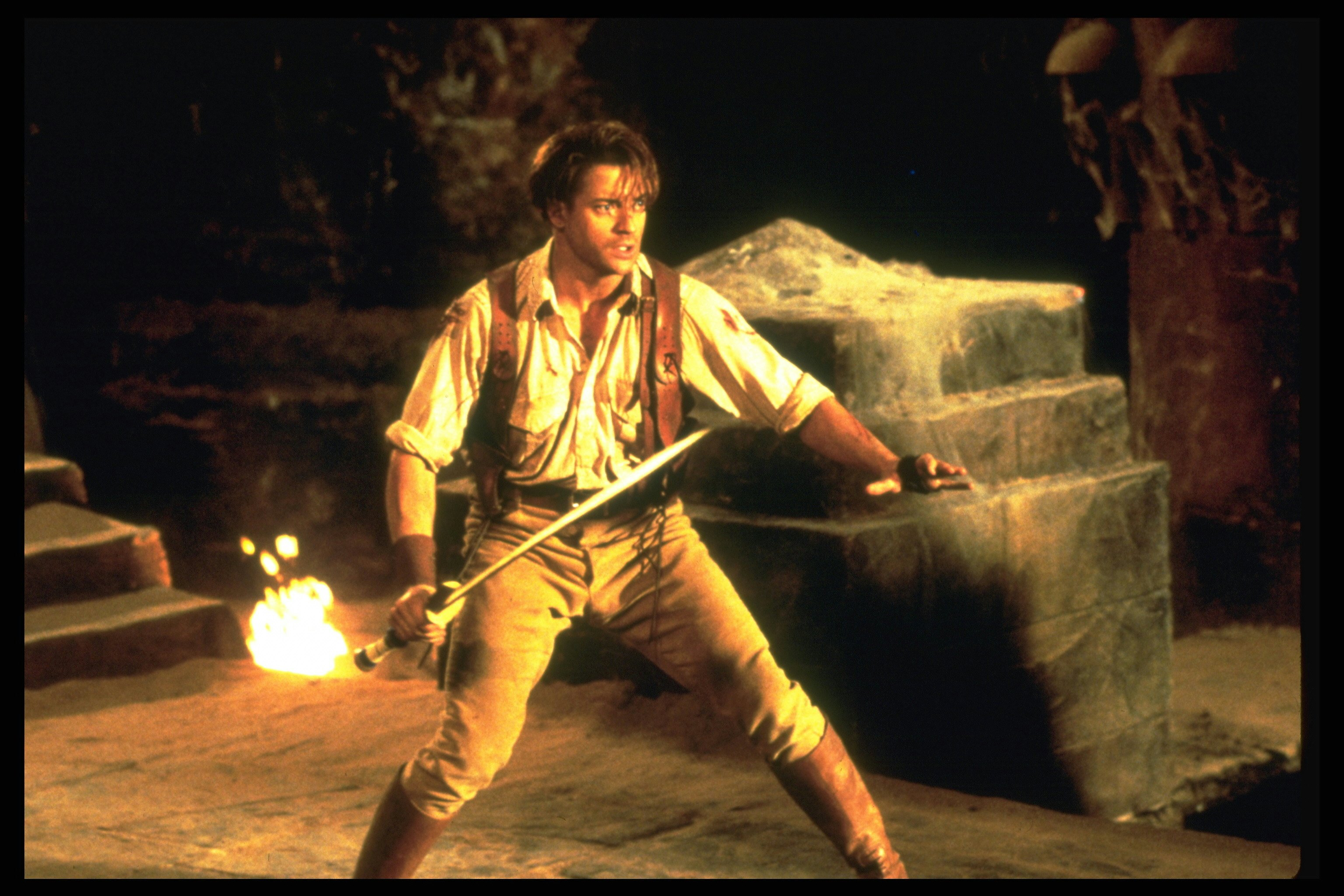
In 1999, two science fiction classics changed the movie industry forever: The Matrix and Star Wars: Episode I — The Phantom Menace. While conventional wisdom of the time told us The Matrix was looking forward and The Phantom Menace was looking back, you can also make the reverse argument. The Matrix may have been pioneering new types of special effects and telling a brand-new story set on the cutting edge of science fiction, but it also took inspiration from cyberpunk literature and classic anime like Akira and Ghost in the Shell.
On the other hand, while The Phantom Menace was George Lucas’ return to Star Wars after a 16-year absence, the film was a massive departure from the tone and style that would go on to create a new version of the franchise. We take it for granted that when Carrie-Anne Moss plays a Jedi on the 2024 TV series Star Wars: The Acolyte, she’s brought 1999 back full circle, twice. But the biggest difference between now and then is movies that were major risks — including The Matrix and The Phantom Menace — didn’t seem like risks. Movies with that much moxie were just the norm.
There’s a buoyant confidence that pervades all of the movies of 1999, and one of the best examples is the absurd Will Smith steampunk romp, Wild Wild West. Technically adapted from the anachronistic sci-fi western TV series from the 1960s, Wild Wild West was a film derivative of something that nobody remembered — kind of like if Apple TV+ turned The Time Tunnel into a hypothetical prestige TV today. Two years after Smith’s smash success with Men in Black, he re-teamed with director Barry Sonnenfeld to repeat a similar formula: high-concept sci-fi adventure, with lots of comedy, crafted to showcase Will Smith’s complete Will Smith-ness.
As was still very much a blockbuster movie tradition of the time, Wild Wild West’s earworm of a theme song was more enduring than the film itself. Although Wild Wild West was one of several 1999 summer movies, the music video featuring Will Smith was in everyone’s living room in heaving rotation on VH1 and MTV for the entire year.

The larger point here is that 1999 movies — and their supporting media — recycled pop culture grist impressively well and moviegoers were largely unaware of some of the deeper cuts. Sure, your parents had heard of The Mummy, but the success of the 1999 version of this classic monster movie was that it turned the 1932 Boris Karloff film into an entirely new concept. Starring Brendan Fraser and Rachel Weisz, The Mummy accidentally complemented Wild Wild West’s casual assertion that the age of the goofy action hero was back. Fraser wasn’t really trying to directly channel Indiana Jones but with charm and reliability, The Mummy did fantastic with audiences during a crowded year. The critics were fairly divided on it at the time, but overall, with a gross of $155 million, The Mummy was the eighth most successful film of the year. The reason why? It felt new because it was a throwback.
Speaking of throwbacks, The World Is Not Enough, the last James Bond film of the decade, also perfectly represents the mood of 1999, and not just because it also had a great theme song performed by the immortal band, Garbage. The World Is Not Enough is sometimes considered a middling entry in the Bond franchise, and most fans likely rank it as Pierce Brosnan’s third best (or worst) film as the iconic assassin.
But among big movies that embraced CGI (Wild Wild West, The Mummy, The Phantom Menace, and, of course, The Matrix) The World Is Not Enough staunchly insisted that blockbusters should have practical effects and real stunts. Boasting the longest pre-title sequence of any Bond movie at the time, Brosnan piloting an experimental mini-boat on the River Thames remains one of the most thrilling cinematic chase scenes in a franchise known for chase scenes.

The World is Not Enough is also a stand-out example of something else great about 1999 films: they were all able to hide their biggest twists. The villain in The World is Not Enough was not, as advertised, the wicked Renard (Robert Carlyle), but rather the seemingly innocent Elektra King (Sophie Marceau). In 1999’s second-biggest movie, The Sixth Sense, Bruce Willis is really a ghost. The Blair Witch Project wasn’t real. Buzz Lightyear’s father in Toy Story 2 isn’t who you think it is. And weirdly, although the Hugh Grant comedy Notting Hill has a feel-good ending, you’re kind of surprised by how it gets there.
All the formulas of these films were familiar to cinephiles and casual moviegoers alike. 1999 didn’t reinvent the wheel in terms of scriptwriting. But thanks to smuggled, covert nostalgia, huge technological innovations, and some very big swings, every single big blockbuster movie of 1999 felt brand new. This year instilled in many of us the belief that movies were always going to be like this. It’s a feeling that fans of popcorn movies have been trying to capture ever since.







